FS Colour Series: MEDITERRANEAN BLUE Inspired By Raoul Dufy’s Endless Summer
Raoul Dufy’s art was a celebration of life, in all its stunning, technicolour glory. He painted with light, airy brushstrokes and intense colours like MEDITERRANEAN BLUE, illustrating boundless optimism and the endless days of lazy, sunlit summer. Dufy spent much of his career painting along the Mediterranean coastlines of France, and his paintings capture the enduring azure skies and seas all around him with a fresh, sparkling spontaneity. Blue, it seems, was always his favourite colour, representing sky, sea and the wide-open possibility for freedom and escape.
Dufy was born in the coastal town of Le Havre in 1877, a place dominated by the tall sails and clanging noise of ships from the far flung unknown. He began his career as an artist sketching along the busy marinas of Le Havre, and these early drawings led Dufy to the Ecole Des Beaux Arts in Paris, and later the École Nationale Superieure des Beaux-Arts. Classes here were academic and formal, and Dufy struggled with their stuffy traditionalism, preferring to paint with the brighter colours that lit up his imagination, even if his teachers were less than impressed.
A major breakthrough came for Dufy in 1905 when he encountered the radical new Fauvist art of Henri Matisse, Andre Derain and Maurice De Vlaminck at the Salon des Independents. Their electrifyingly bright passages of unmixed colour applied in great slashes and streaks of expressionism were the antidote Dufy needed to his strict training, and soon he, too, began painting in a brilliantly bold Fauvist style.
By the 1920s Dufy’s career was in full swing, and he worked across a range of media including textiles, tapestry, ceramics and art. His paintings had become more stylised and distinctive, with loose washes of sparkling colours and fresh calligraphic lines scattered here and there to suggest bustling movement and energy. He travelled widely during this time, moving along the Mediterranean coastline to paint the busy marinas, ports and beach views of Nice, Cannes, the Bois Du Boulogne and Deauville.
In part, Dufy was fascinated by places where fleeting, indulgent leisure pursuits took place, and his paintings capture the escapist, turn of the century joie-de-vivre that followed in the aftermath of the First World War. But Dufy was equally attracted to the permanence of the stunning scenery, particularly the endless blue skies and seas that stretch out into infinity. He wrote, “Blue is the only colour which maintains its own character in all its tones it will always stay blue.”
In the lively and fresh small study Marine Composition, Bathers and Fishers, 1923-4, Dufy paints a busy stretch of beach, littered with spectral bathers and fishers enjoying the sea. Water is painted with loose patches of turquoise and aqua blue that seem to move in and out of the sunlight and ripple in a gentle breeze. Nice, Vue de L’Escalier Le Sage, 1927 is bolder, allowing a great sweep of intoxicatingly bright, oceanic blue to curve across the canvas, conveying the entrancing light of a Mediterranean summer sky as it colours the water below it. Tall palm trees open their fresh green leaves out before it, illustrating the idyllic tropical paradise hovering just beyond Nice’s urban streets.
Painted in the same year, Dufy’s Casino of Nice, 1927 equally illustrates how the city of Nice is both an urban metropolis and a holiday destination, combining a casino in the foreground with the suggestion of beach beyond. Dufy captures this fusion of opposites, staining the entire background with rich patches of abstract turquoise blue that could be sea or sky, or both, merging into one. He overlays this tropical hue with huge, luscious palm trees that spring outwards with the juicy, buoyancy of summer, while the fragile impermanence of city life carries on below.





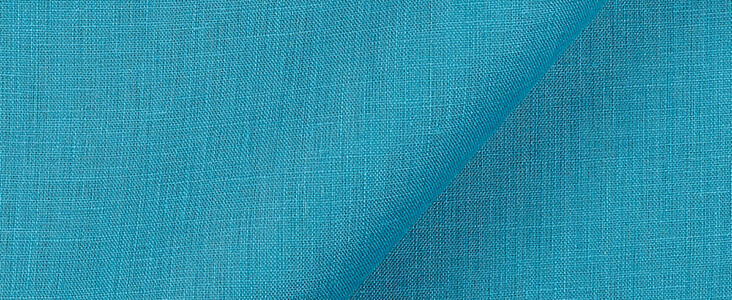

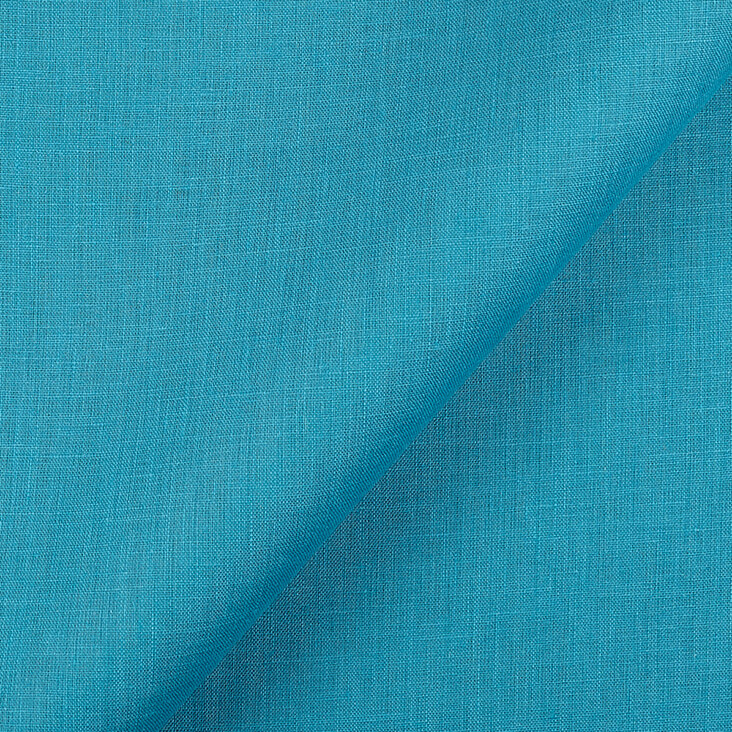
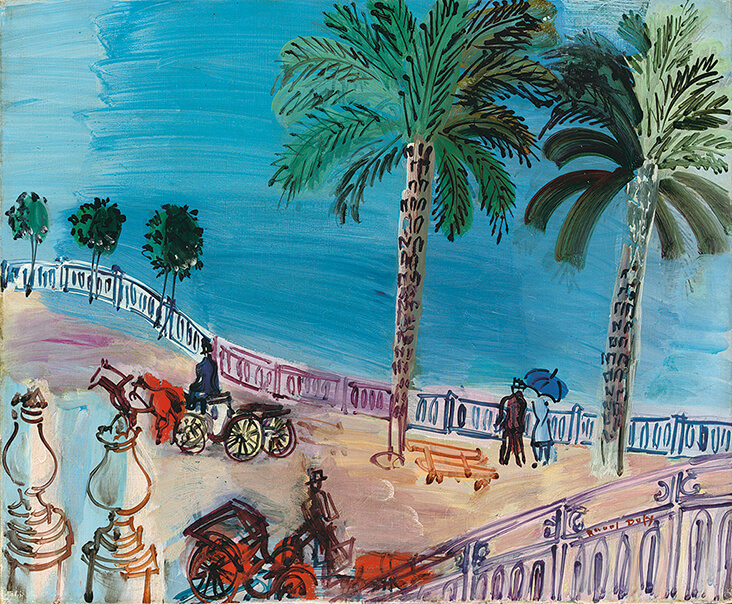










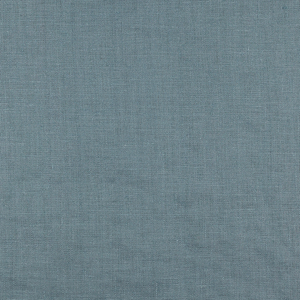














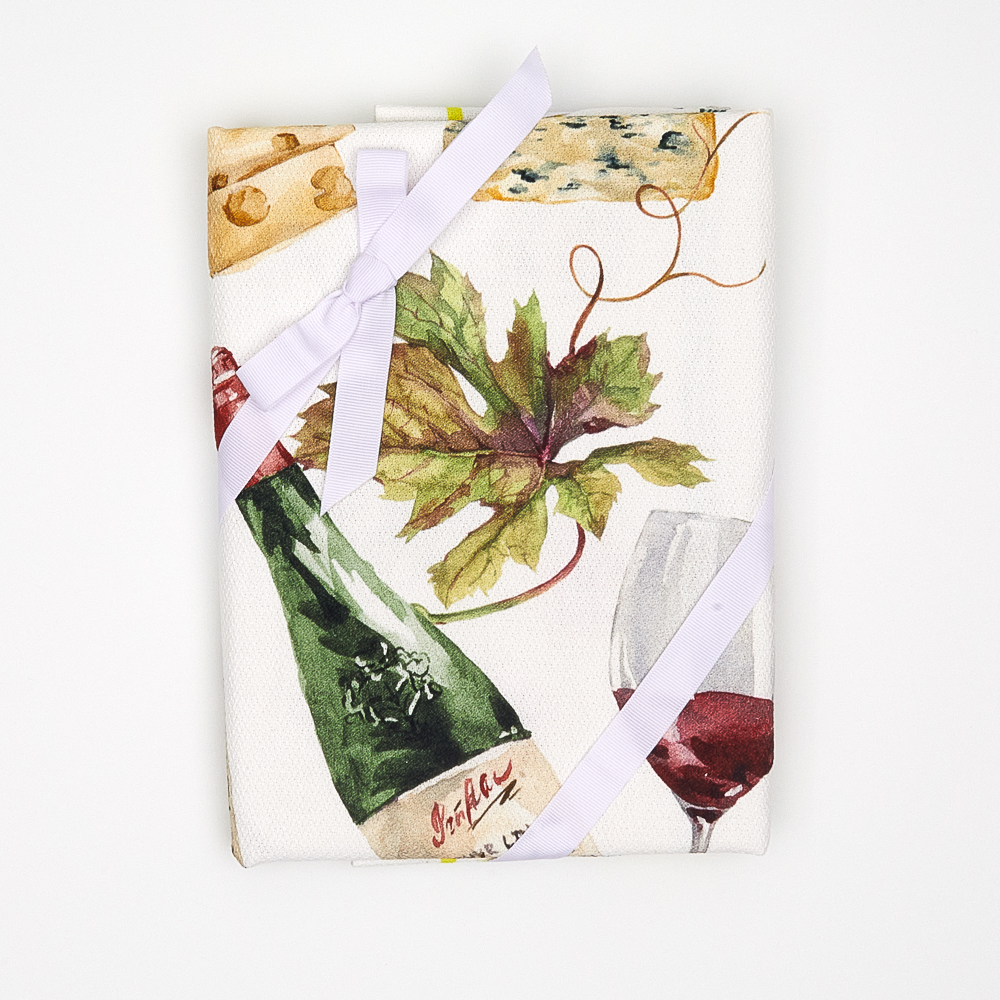






Leave a comment